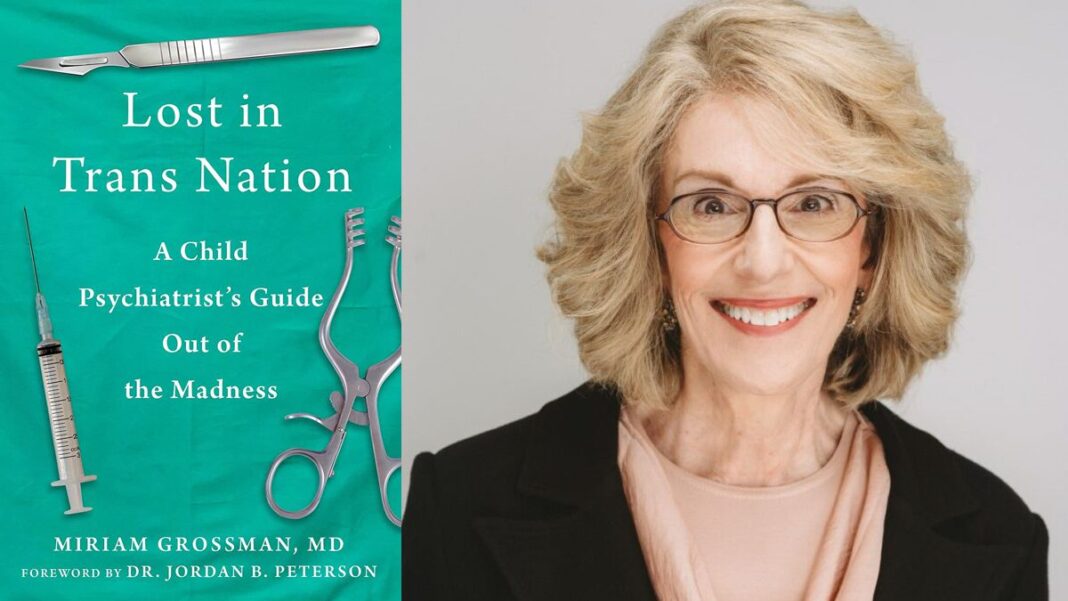President Joe Biden’s economic policy, termed “Bidenomics,” is, in fact, government intervention in the economy reflecting a distrust of markets’ self-regulating abilities, an economic researcher said.
Bidenomics reflects the belief that the government can deliver better economic results via industrial policies, such as tariffs, subsidies, tax privileges, and other policies, than reliance on the free market can achieve, said Samuel Gregg, Ph. D., distinguished fellow in political economy and senior research faculty at the American Institute for Economic Research.
Mr. Biden pitched his economic plan in a major address in Chicago on June 28, trying to persuade Americans that his strategy is producing record-breaking job creation and investment despite widespread discontent over his handling of the economy.
The president attempted to define his economic strategy as a substantial departure from the “trickle-down” economic model that he claims his predecessor, Donald Trump, has followed.
Mr. Biden has repeatedly said that his vision is to rebuild the economy from the bottom up and the middle out—not the top down—with a focus on the middle class.
Biden’s Economic Policies
“Trickle-down “economics is “a bit of a misnomer,” Mr. Gregg said in an interview at Epoch TV’s “Crossroads” program on June 28.
The term describes the idea that when the economy is allowed to operate freely, lots of people get wealthy, some get wealthier than others which may happen due to better business choices they made, or their entrepreneurial skills, or because they were just lucky, he explained.
“As wealth grows, particularly at the upper-income levels of society, those people have more money to spend, they also have much more resources to invest,“ Mr. Gregg continued, and that spending and investing “tends to create growth across the economy and down the income stream.”
Bidenomics does not espouse this idea, and is based on the premise that “the government needs to act to engage in active redistribution of resources, both in terms of from wealthier income groups to those on the lower income scale, but also between economic sectors and even within economic sectors, on the presumption being that those types of interventions will produce—what [would be regarded] as fairer distributions of wealth throughout the economy,” Mr. Gregg said.
By Ella Kietlinska and Joshua Philipp






